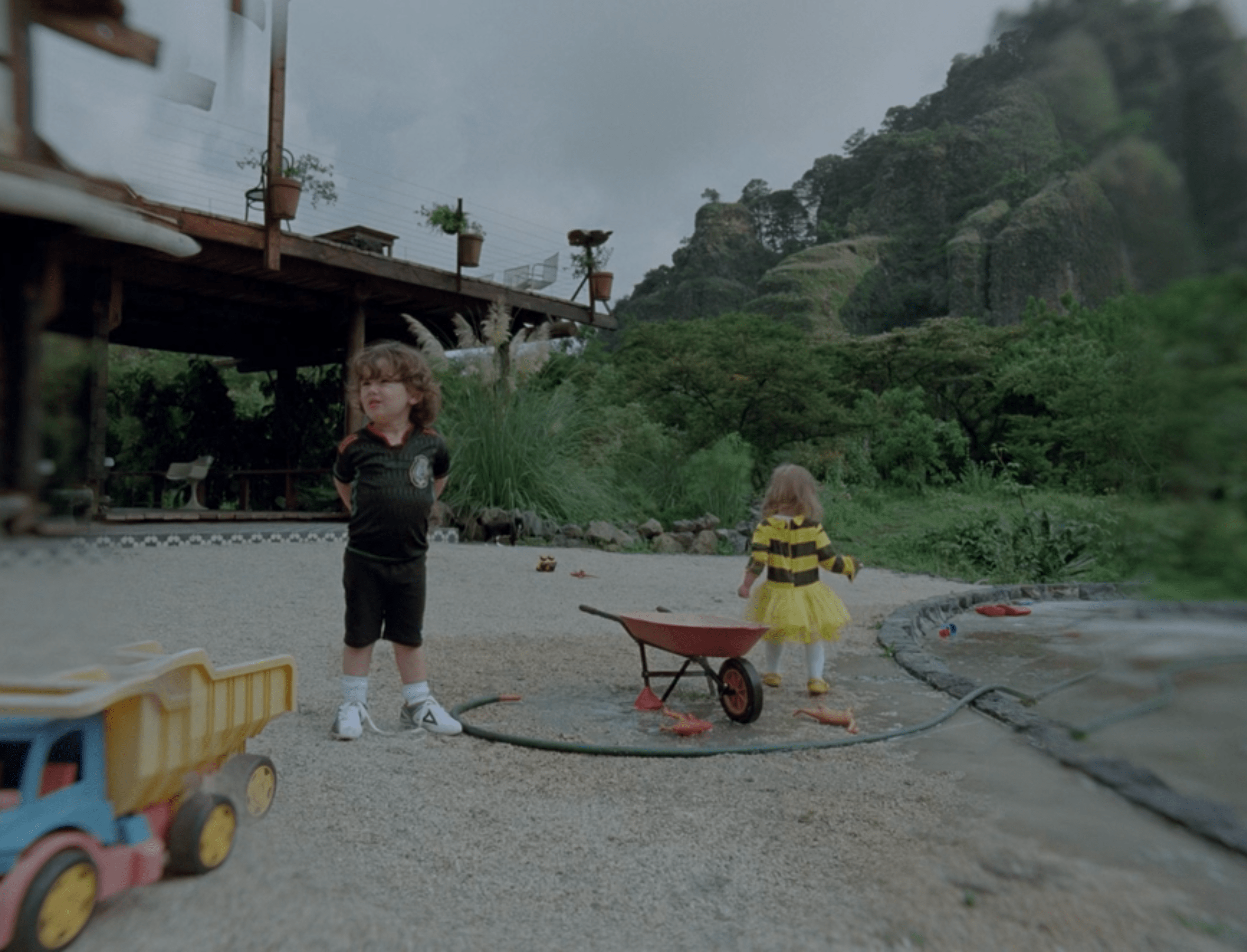Critics have heralded Carlos Reygadas as the “third wave of Mexican cinema in one person,” positioning him as a successor to Buñuel and Jodorowsky. Initially destined for diplomacy after studying at an English college and working at the European Commission, Reygadas’ career took an unexpected turn. Inspired by Tarkovsky’s films, he realized that the synthesis of images and sounds could articulate a poetics as emotionally resonant as music and painting. Deciding to pursue cinema in his later years, Reygadas soon changed his mind, returned to Mexico and began filming. His debut, “Japón” (2002), won the Caméra d’Or at Cannes. His next two films also competed in the festival’s main section, with “Silent Light” earning a Jury Prize. For his fourth film, “Post Tenebras Lux,” expectations were high for a Palme d’Or win. Instead, it secured the Best Director award, largely thanks to the advocacy of Andrea Arnold, a great connoisseur of poetic cinema, who was on the jury.
Post Tenebras Lux

In “Post Tenebras Lux,” the main challenge is to get through an eight-minute opening sequence, where a young girl in rubber boots roams a marshy field among cows, dogs, and horses under an indigo sunset sky. Then comes the titulardarkness, punctuated by lightning flashes illuminating the child’s face. Post-prologue, viewers are immediately rewarded: in the secondscene, in a sleeping house, as a storm rages outside, a neon demon—complete with the iconographic horns and hooves—creeps through, carrying a valise presumably filled with sinister tools.

Reygadas describes the film as semi-autobiographical, and indeed, its protagonists, Juan and Natalia, are nouveau riche who have savored European life before returning to their native Mexican expanses. They reside in a modern house amid pastoral scenery with their children Ruth and Eleazar and their dogs (roles filled by the director’s own family and pets). The film is composed of marital scenes, essentially a collection of ostensibly arbitrary experiences, lived moments, revelations, and sexual experiments (mostly unsuccessful), united into a statement. This mosaic-like structure and the ambiguous relationships between the sceneslikely puzzled the Cannes audience. In one episode, Juan and Natalia search for the “Duchamp room” in a swinger-filled bathhouse, where Natalia is taken “into action” by several drooling philanderers in front of her apathetic husband. The plot then resurfaces in quasi-reality: Juan, through the patronage of a worker nicknamed Seven, joins the local Alcoholics Anonymous club to confess his pornography addiction to a group of the petty Mexican proletariat. In the first quarter of the film, there’s suddenly a flash-forward to show grown-up Ruth and Eleazar at their wealthy grandmother’s house, receiving envelopes of cash as Christmas gifts.

Despite their outward prosperity, Juan and Natalia’s relationship is fraught with tension: they exist in a metaphorical pit, unable to escape without mutual assistance, yet too proud or ashamed to collaborate. Reygadas isn’t breaking new ground by noticing that human loneliness is conditioned by an absurd existential law. The characters’ primal nature (is this what the infamous demon “worked on”?) is contrasted with another emotional epicenter of the film—nature itself. This natural world is emphasized by an archaic 4:3 format, where the frame’s edges, like a tear-filled eye, are constantly blur in a soft watercolor effect—either a tribute to impressionism or a find by cinematographer Alexis Zabe. Yet nature offers no solace or resolution—the film sways betweenstates: childhood and adulthood, reverie andreality, purity and depravity.

Reygadas delves into the archaeology of his characters’ psyches, inviting multiple interpretations while seeking understanding through intuition rather than rational analysis. “It’s a dream, only a dream, and it’s fading now, fading away,” Juan and Natalia imperfectly harmonize to Neil Young’s lyrics in one of the final scenes, before their bedroom is visited again by the demonic entity.





